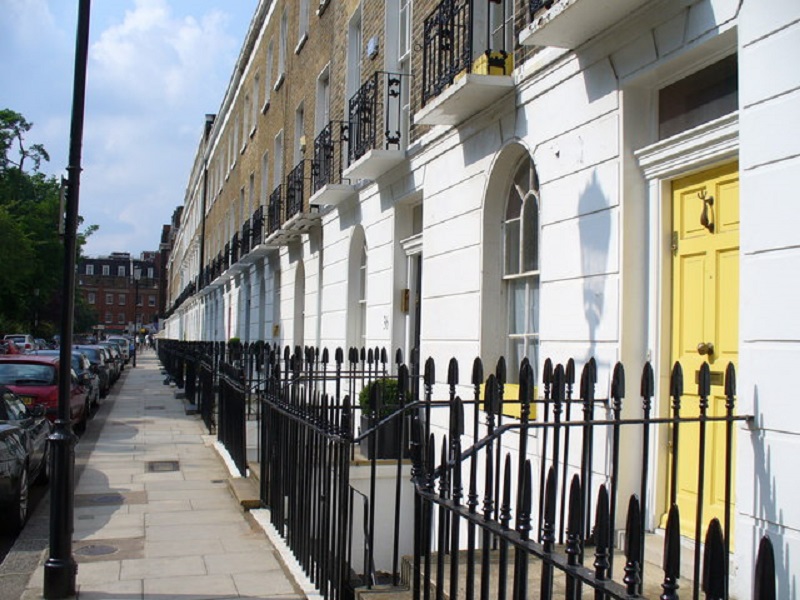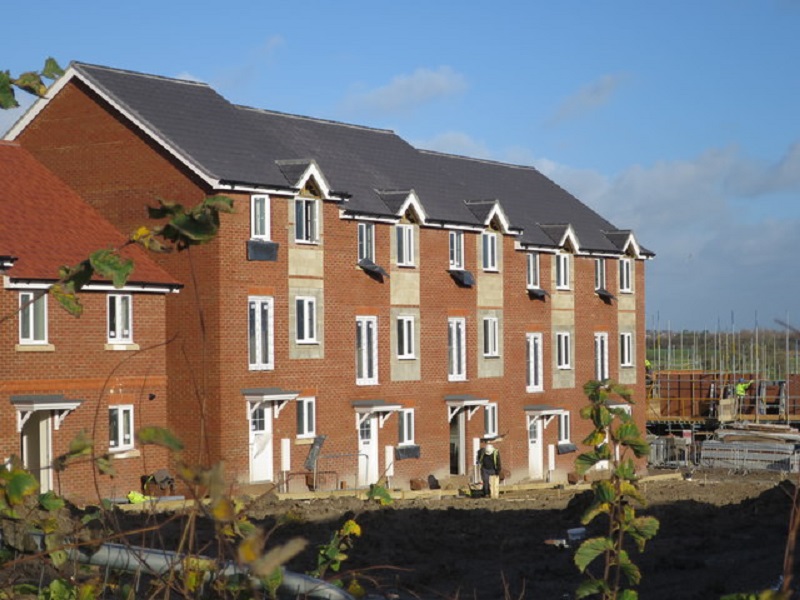Changes to the Stamp duty paid on second property purchases were introduced in April 2016. The change has been called ‘the landlord tax’, as anyone who is purchasing a second home or a buy-to-let property are required to pay an extra 3% in stamp duty charges for their property. These charges are on top of the regular level of stamp duty of the house.
Analysis from Blick Rothenberg has shown that the Treasury has earned around £2 billion since the introduction of this charge. When the charge was introduced, half of this amount was expected to be raised each year between 2016 and 2020. To begin with there were concerns that the additional costs would impact the buy-to-let sector, however these concerns seem to be unfounded and landlords appear to be undeterred.
Blick Rothenberg worked out that the Government has raised £2 billion so far by analysing the funds raised between the year ending July 2015 and the year ending 2017. In the year up to July 2017, £12.4 billion was taken by the Government in Stamp duty, which is an increase of £2 billion. It is thought that the difference between the money that was predicted and the actual sum could be attributed to the increase in housing prices, however there the extra charges are thought to have made the majority of the difference.
When the Government first brought in the policy, they said that they extra charges have been implemented in order to realign the residential property market in order to make it fairer for first time buyers, who are finding it increasingly difficult to get a foot on the increasingly expensive housing market. However, as this is obviously not having an effect on second property purchases, and only seems to be generating more money for HMRC and a more sluggish property market, as property transactions fall.





